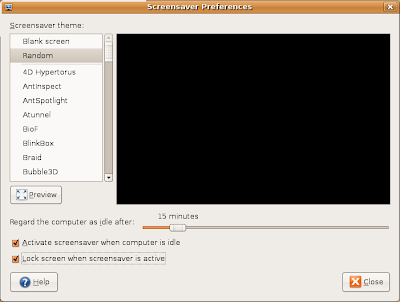Unscientific Linux Popularity Contest

Introduction Have you ever wondered which Linux distro is the most popular? Many people will point to the statistics at DistroWatch.com. These statistics are generated by the number of "hits" for each distro page at DistroWatch. Unfortunately, this allows the possibility of "ballot-stuffing" by making multiple visits to distro page that you like. Therefore this data cannot be considered scientific, and it is has a high probability of being inaccurate. Even so, it still has some value. We can tell which distro has the most (real visitors + "ballet-stuffers"), which will roughly correlate to the actual popularity of the distro. Here are some interesting long-term trends: 2002: Top 5 Distros Mandrake Red Hat Gentoo Debian Sorcerer Suse Comments: I have never even heard of Sorcerer Linux ! Year 2002 statistics could be very inaccurate since DistroWatch.com was not well-known at the time. Also, I included Suse in position #6 so that we can see how it far

